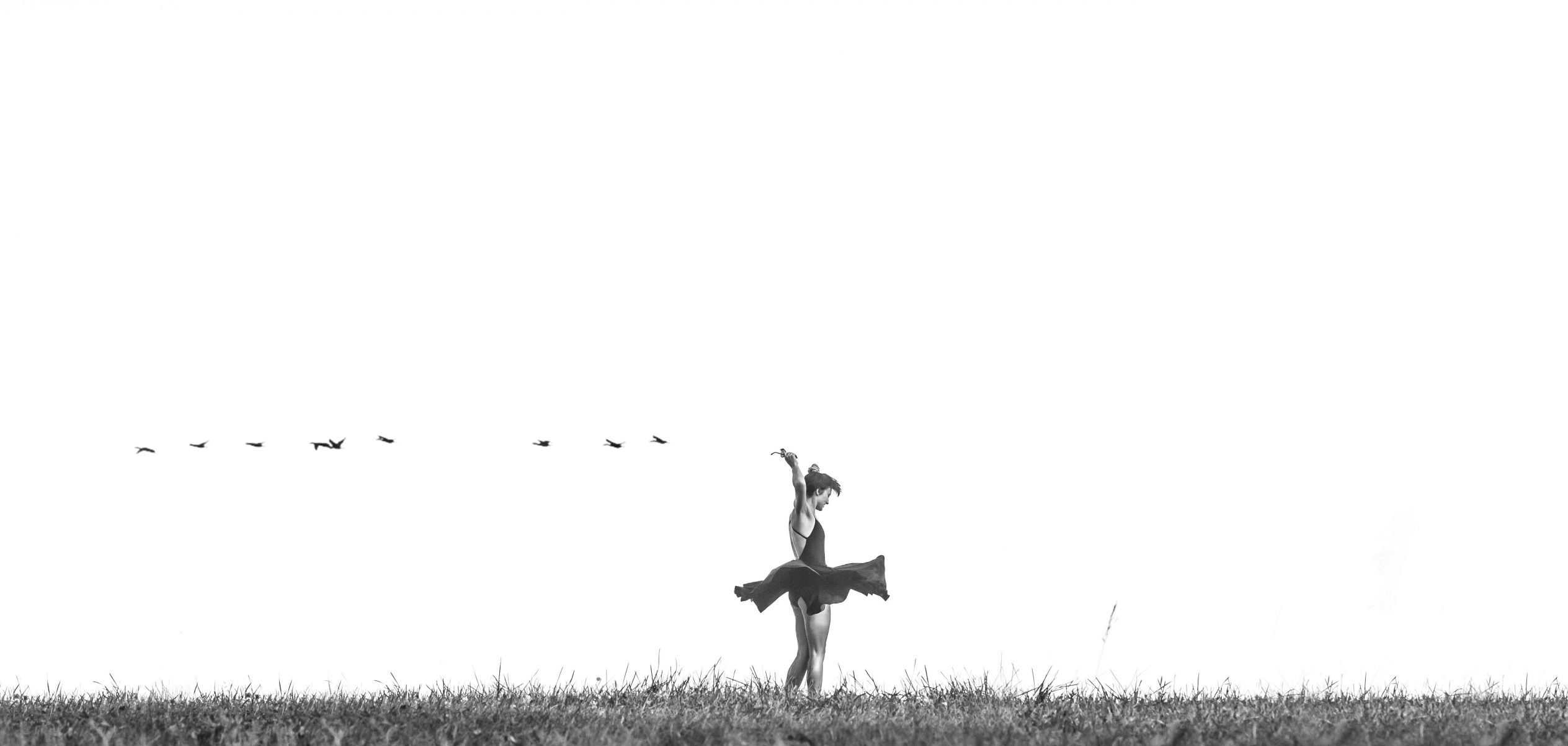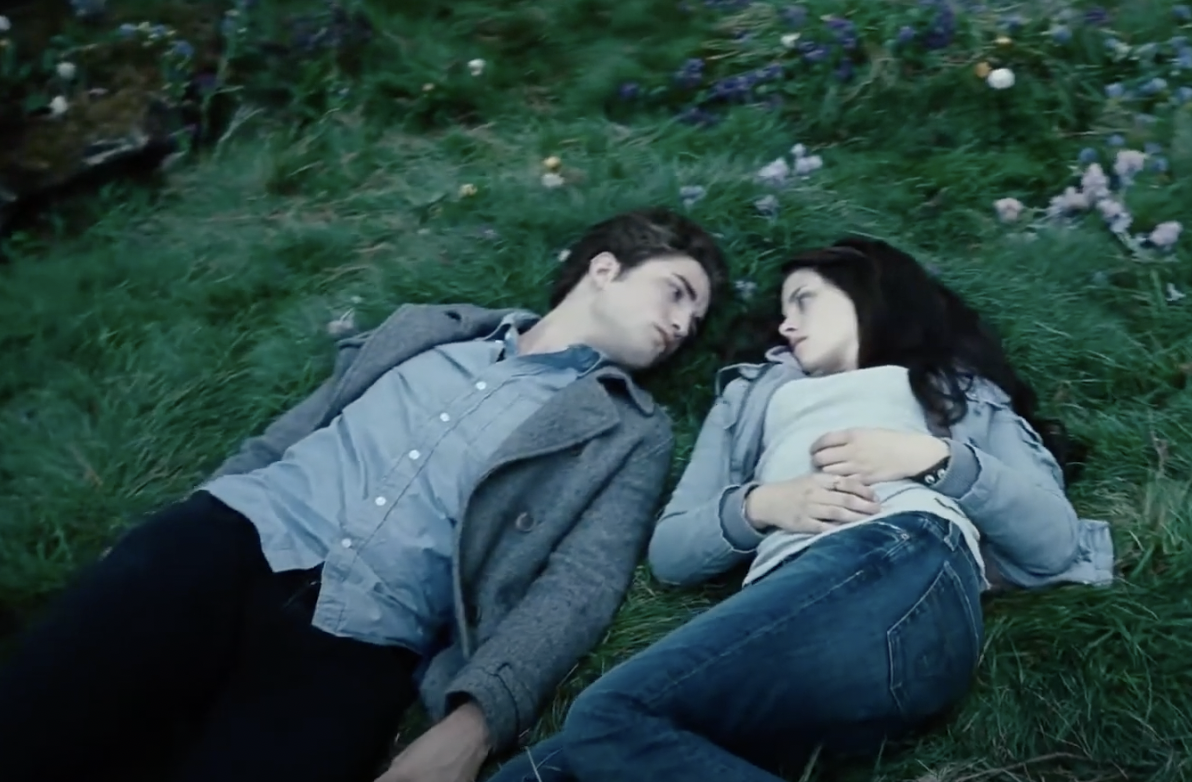Books & Culture
Why Do We Keep Telling Sister Stories?
From the March sisters to the Kardashians, our culture is fascinated with the bond between female siblings

On the second floor of the Metropolitan Museum of Art, there is a painting by Léon Frederic called The Three Sisters. A triad of young girls—the eldest no older than nine, the youngest around five—are quietly peeling potatoes, hemmed by an impressive gold frame. Their brilliant matching red frocks draw one’s attention like moths to a streetlight. In Western art, women’s portraits tended to confer importance to the men in their lives, like fathers, husbands, or fiancés, and so I was surprised to realize that there are many paintings of sisters at the Met. It seems strange that great artists gave up canvases to depict these bonds between women, but the more that I considered it, the more I found that sisters have long been objects of fascination.
In 1868, Louisa May Alcott published the first volume of Little Women, and some 150 years later, the fifteenth season of Keeping Up With the Kardashians was released on E!. In the century or so bracketed by the March sisters and Kim, Khloe, and Kourtney, stories of sisterhood have been chaperoned through time and space, becoming fixtures in our cultural consciousness. Art, literature, and film have defined a general impression of sisterhood that can either reinforce or dismantle our perceptions of women and their inner lives; for instance, while Alcott’s view of sisterhood was plural and dynamic, others have since succumbed to reductive stereotypes. The variety of sister tropes now include fetishized virgins, catfighting divas, and creepy spinsters. In any case, these renditions of sisters make them out to be like what wolves are to nature documentaries: magnetic, beguiling, inscrutable—even sinister.
Sister tropes now include fetishized virgins, catfighting divas, and creepy spinsters.
Imagining the wee girls in Frederic’s painting, I am struck by how the empty room in which they labor feels like an entire world of its own, where an unspoken harmony rests gently between them so that they are in lockstep with one another. Like a snowglobe, we want to jostle the frame and shake out what secrets have crystallized their bond. No one knows who the subjects of The Three Sisters were, or whether they even existed, but every time I visit the museum, I check in on them. Over the course of my visits, I have begun to wonder—what is it about sisterhood, as a particular code of feminine bonding, that has arrested our culture’s attention for so long?
I don’t have a sister. I have an older brother instead, who was my closest friend and ally growing up. As a result, most of my understanding of what it would be like to have a sister came from movies or literature, and revolved around the lessons of girlhood that were shared by young women in domestic spaces. These covens were populated by beautiful buttoned-down white girls who educated one another in the crucial lessons of Femininity 101: makeup, parties, bras, torturing boys, and self-hatred. “Sister Stories,” as we might call them, almost always star women who are young, pretty, and notably quiet, performing all of the idealized traits of femininity to the nth degree. They show us how these traits are taught and learned, particularly in adolescence. As a tomboyish child, I felt pulled in two directions—against the stereotypes of docility that I saw on TV, and simultaneously towards them, fearing that I must be inadequate for not knowing how to be a proper girl. I found surrogate sisters in pop culture; the Olsen twins’ bevy of straight-to-VHS buddy movies taught me how to plan slumber parties and inspired every fashion choice that I sported in kindergarten (bandanas, cargo pants, beaded chokers, etc). On long car rides, I restaged Passport to Paris in my mind, parachuting in as the ultra-cool triplet. I thought that if I had a sister, she could teach me how to “do” femininity, a task that seemed far more vexing to figure out on my own.
I thought that if I had a sister, she could teach me how to ‘do’ femininity.
In 1999, Sofia Coppola made her pink-hued adaptation of Jeffrey Eugenides’s novel The Virgin Suicides. Its heroines are the Lisbon Sisters—Cecilia, Lux, Mary, Bonnie, and Therese—and they are patron saints in the pop cultural cult of sisterhood. Veiled from the corrupting outside world by their parents, they become conspicuous objects of scrutiny to four local boys, and it is from this watchful gaze that the sisters’ mythology coheres. The girls are diaphanous figures ripe for subversion, unified by their shimmering blonde hair and matching Victorian nighties that are just fragile enough to suggest a thinly-repressed sexuality quivering beneath. Being somehow both virginal and suggestive, they embody the peak patriarchal fantasy of young women. By keeping themselves locked away from the outside world, it is as if this femininity is totally pure and innate—like they were just born this way. The protection of their chastity is also inextricable from their whiteness, which so often operates as a code for both innocence and racial purity. The Lisbons, and the hereditary model consolidated by their sisterhood, reproduce eugenic fantasies of gender and race unfettered.
“As teenagers, we tried to put the pieces together. We still can’t,” muses one of the boys in a voiceover, the four of them staring up at the Lisbon house from the opposite curb. “Now whenever we run into each other at lunches or parties, we find ourselves going over the evidence one more time. All to understand those five girls.” The boys cut out the girls’ yearbook pictures and collect their hairclips and plot to free them and know them and have them for themselves. Sisterhood is crucial to the Lisbons’ mythology because it makes them appear uncorrupted, and thus corruptible. It also flattens them into a recurrent pattern where they could each replace one another, as if in a circle.
The Lisbon home is like a dollhouse, and the sisters are the unreal playthings that interlopers mobilize to satiate their imagination, blank canvases onto which viewers can project their fantasies. They live, and ultimately die, for public amusement, their hallmark trait being their sameness, their flatness, their reproducibility. Today, the Kardashians are steeped in the same paradigm of voyeurism, on steroids. We are not, in this case, watching from the curb in the steamy Michigan summer; instead, the omnipotence of reality television and social media have turned us into tenants of their Calabasas mansion. The Kardashians look and act so similar that their sisterhood is like a shiny accessory, and we are a swarm of magpies pulled towards their empire of TV shows, Snapchat stories, makeup, and merchandise. Keeping up with the Kardashians is centered around the home; the sisters go out to shop or party, but they spend most of each episode standing around an immaculate marble kitchen and plotting against each other. The show is about women, but pivotally, it is about women whose lives revolve around the domestic sphere, where their identities are defined by being mothers, daughters, and sisters; even when they accrue status as entrepreneurs, it hinges on their relationship to one another, to their image as Kardashians and not as individuals.
Back at the Met, I contemplate what The Three Sisters means in the shadow of Sister Stories today. Surely, these shows and movies don’t give voice to the depth of character, the dimension of dreams, and the breadth of bonds passing between these young companions. Virginia Woolf wrote in A Room of One’s Own about how underexplored women’s friendships have been in fiction; Sister Stories are a spin-off of this struggle for representation, penetrating the hidden stories cloaked behind the private sphere. With the sisters dressed so handsomely to peel potatoes, the painting has a performative quality to it, and yet there’s no observer in the picture—there isn’t even furniture in sight. The primary relationship of these young girls appears to be to one another.
We rely on the male gaze to see women, even when men are not central to their stories.
Maybe this is what storytellers find so perplexing about sisters—that they cannot conceptualize a world in which women rely more on each other than they do on men. Where notions of female friendship, love, or solidarity have seemed too radical for our culture to grapple with, we instead access the bonds between women through sisterhood, and find an easy way to reroute women and girls back to the heterosexual, patriarchal, nuclear family. Like the boys peering in at the Lisbon girls, we invent stories to pacify us, stories that resonate with our common beliefs about femininity. We rely on the male gaze to see women, even when men are not central to their stories. We augment and magnify the mysteries of sisterhood, and then deescalate our fears by revealing that at the center of the myth, our protagonists simply default to cultural expectations.
Sister Stories imagine that women obey the codes of their gender even behind closed doors, and yet the March sisters of Little Women defy this trope. The Marches have endured the passage of 150 years perhaps because of how precisely textured they are; each with their own distinct personality and ambitions, Meg, Jo, Beth, and Amy embody the adventuresome qualities that we are not used to seeing in representations of sisterhood—qualities that were radical in their era, and remain radical to this day. When readers step into Orchard House in the 1860s, we discover a home that is fully alive, whose female occupants might be shouting, playing, working, studying, or creating, can be messy, irreverent, flawed, and crude, and are bonded by their fierce love for another, rather than notions of sameness. Meg and Jo work to support the family (a helpful reminder that low-income women have always worked, even before Betty Friedan): Meg teaches and Jo writes, while Beth plays the piano, and Amy cultivates her prowess as an artist. The sisters could not be more different from one another and although they bicker, they still find ways to get along. When Amy burns Jo’s manuscript, she is overcome with guilt—Alcott shows a mutual respect for ambition in both sisters, even if what they aspire for is ultimately different. Though Little Women is a 19th century novel, perhaps it still feels more modern than the supposedly “unfiltered” Sister Stories on reality TV. The whole of the March family is worth the sum of its parts, as opposed to other Sister Stories where women are only valued as an essentialized total. Even though Alcott’s book revolves largely around their childhood home, their domestic lives offer an alternative to gender roles rather than their reinscription.
Gloria Steinem has said that Alcott’s book was “a world in which women talked about everything” and is one of the rare examples of a story about girls who want to be women, and not women who want to be girls. It has inspired a small army of modern feminism’s most crucial voices, from Steinem to Simone de Beauvoir to bell hooks. And yet if Alcott’s book has had this kind of power, why have we spent the last century and a half being force-fed stories that contradict her dynamic, feminist outlook? Today, so many Sister Stories tend to be about women who are infantilized, frozen in a pose of stock femininity and whiteness that is pacified by being beautiful and doing nothing. By being sutured to the family unit, they are tacitly bonded to domesticity and premanufactured destinies. The March sisters each had their own desires and specific, individualized outcomes, but in other Sister Stories, each sister serves more or less the same function. Perhaps what I find the most frustrating about these tales is their obsession with uniformity, perpetuating the notion that women are all the same, and thus consolidating a group ethos of what it means to be “authentically” female. The onscreen family reproduces feminine one-dimensionality like a gene, passing down and naturalizing the tropes that feminists have fought to dismantle.
Greta Gerwig’s adaptation of Little Women is the first to lean with all of its weight into subversive ideas.
Popular culture has struggled to come to terms with representing feminism and often goes for watered down stories about “girl power” that do more to subdue rebellion than stoke it. Little Women was adapted for the screen six times by men before a woman, Gillian Armstrong, landed in the director’s chair in 1994, but even then, the film’s acknowledgement of Alcott’s politics was fairly tepid. As feminism has become an increasingly mainstream ideology, the newest adaptation of Little Women directed by Greta Gerwig is the first to lean with all of its weight into subversive ideas about women’s obligations, class, gender performance, ambition, solidarity, and all of the transgressive heft of Alcott’s novel. The film bathes the sisters’ younger years in a warm glow, but also takes care to flesh out each of their lives as young women pursuing dreams on their own. In doing so, this adaptation questions whether Jo has to marry and why Amy wants to, and explores the fruitful fulfilling power of women’s creativity. Whereas other versions end with Jo’s betrothal or wedding, Gerwig’s film offers Jo’s novel as the peak of her achievements, inspired by her sisters and mother. The family’s bond is not only inwardly transformative, because like the real Alcott family, the Marches volunteer, donate to the poor, and open an integrated co-ed schoolhouse. Gerwig’s film takes up sisterhood as a utopian model for a world where women care for one another and are the source of each other’s strength, where autonomy can be more fully realized, and where individuality and difference are not a sin. Little Women drives its heroines toward independence, not dependence, and so asks us to question the roles that we are used to seeing sisters play.
Over the shoulder of the eldest girl in Frederic’s painting, there is a glimpse of a hallway and a set of stairs beyond it, flooded with light. We can see through the door—it is open. I wonder where those sisters went.









